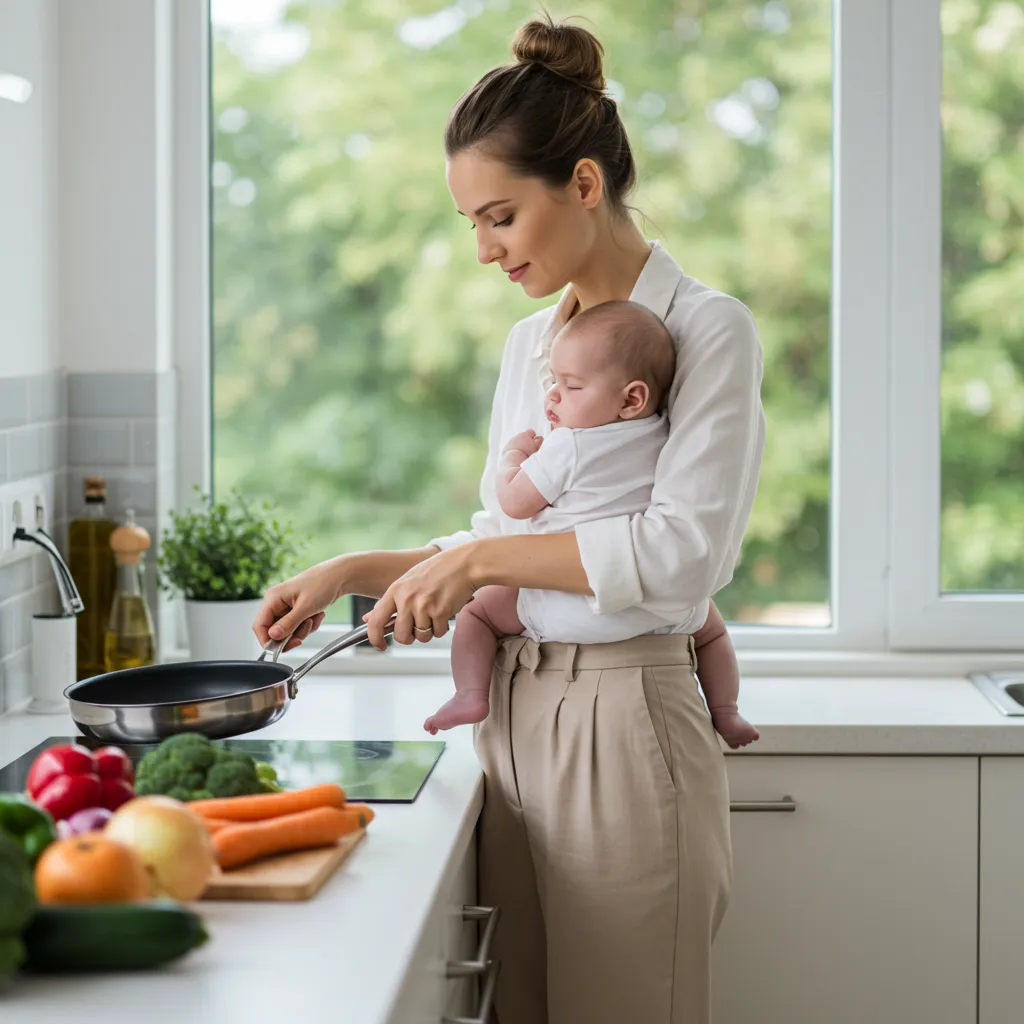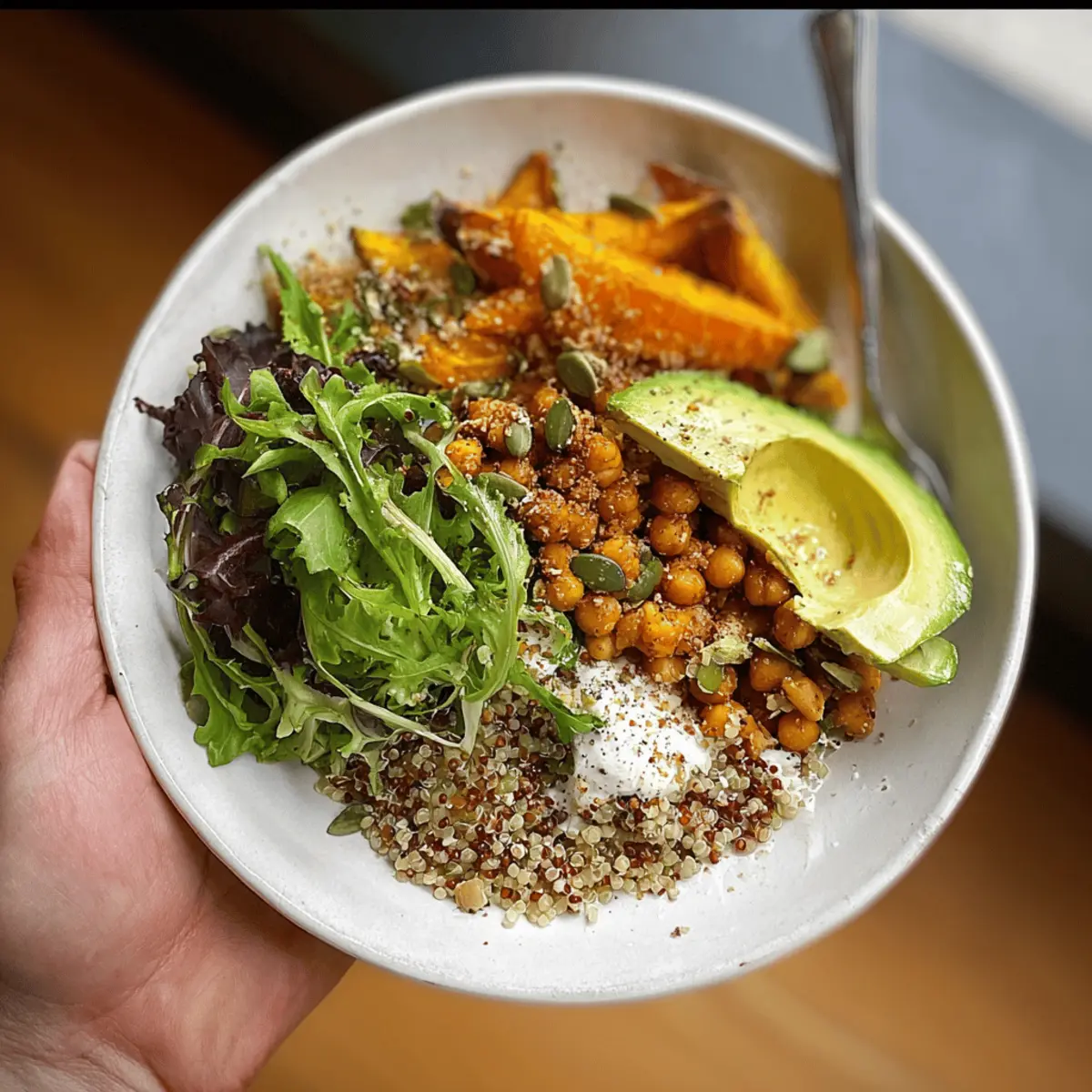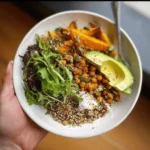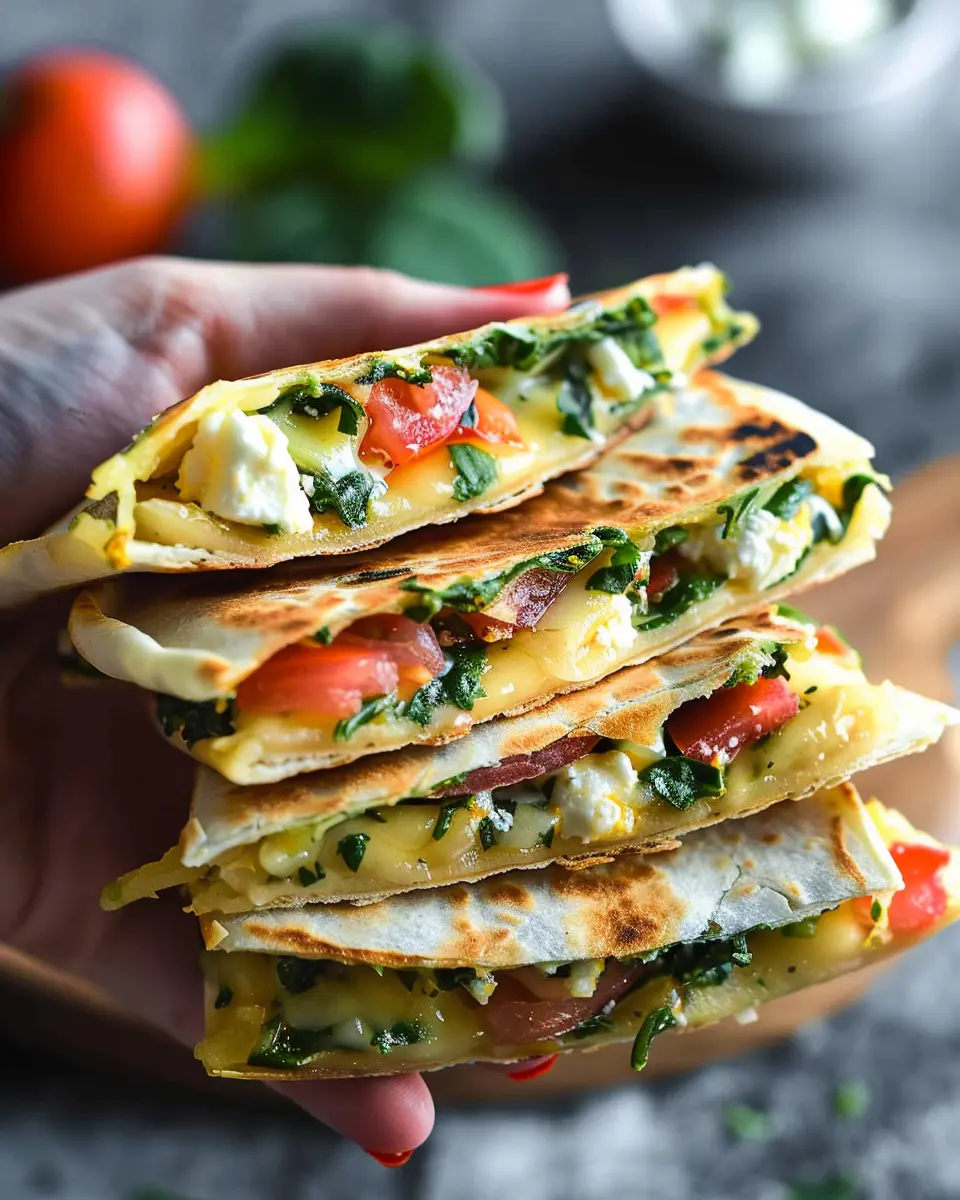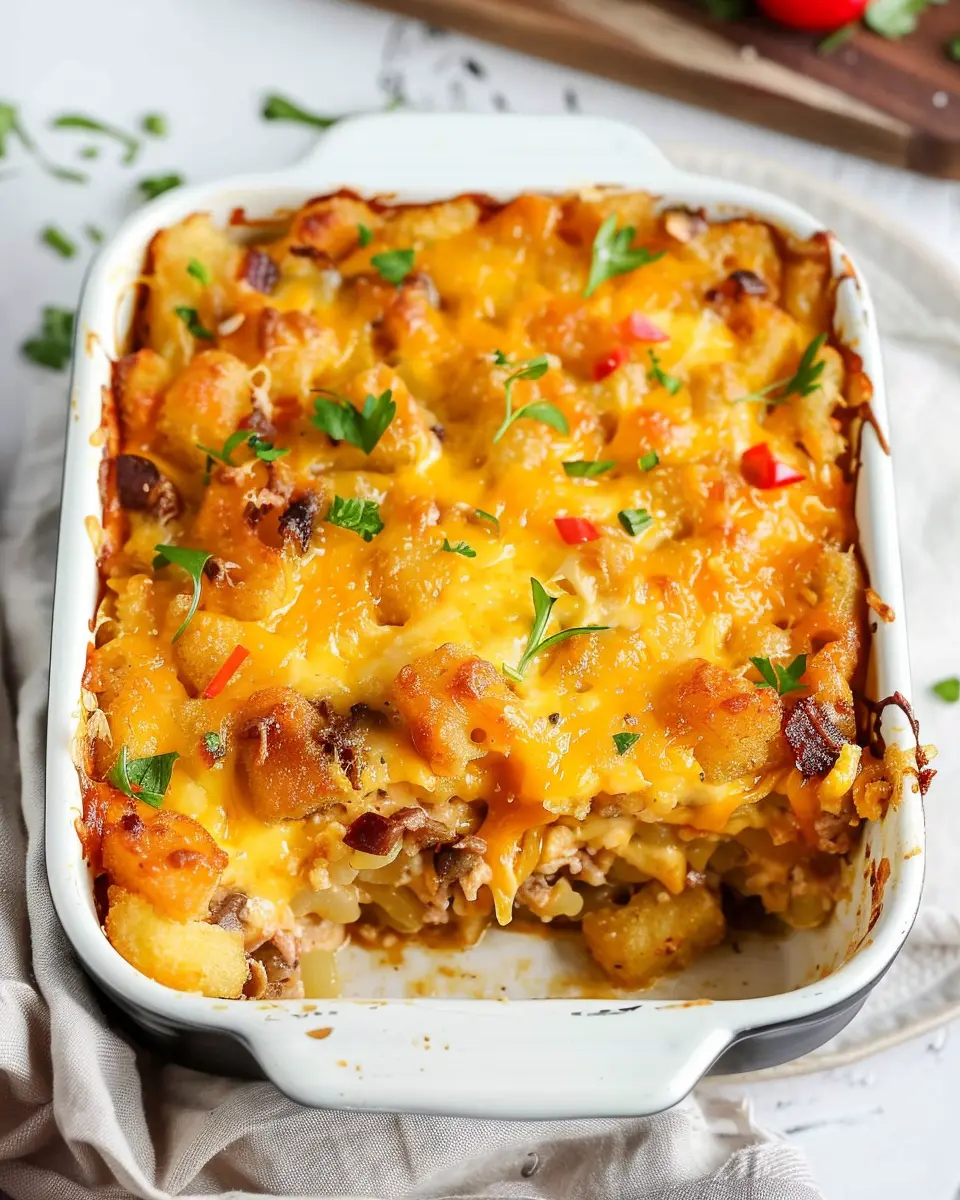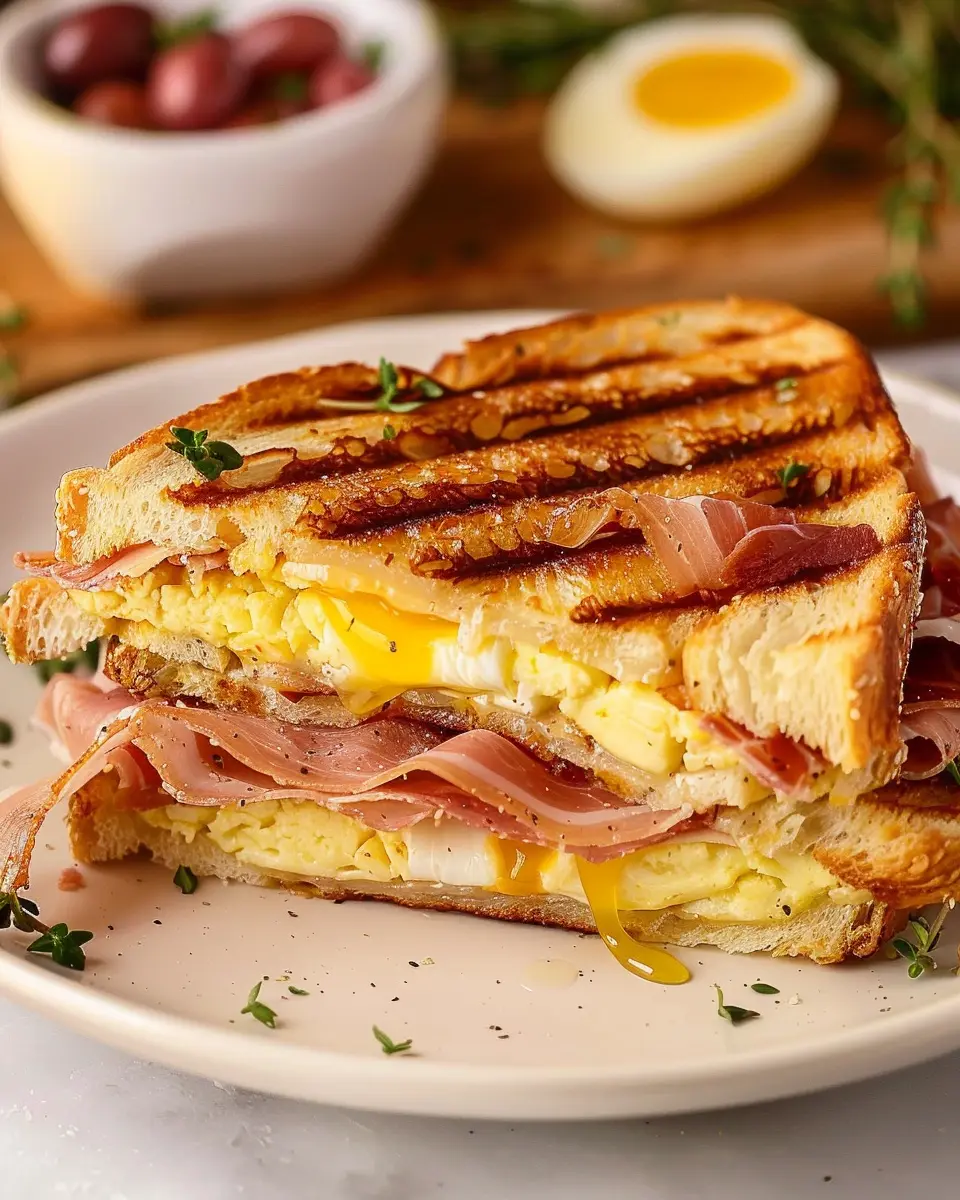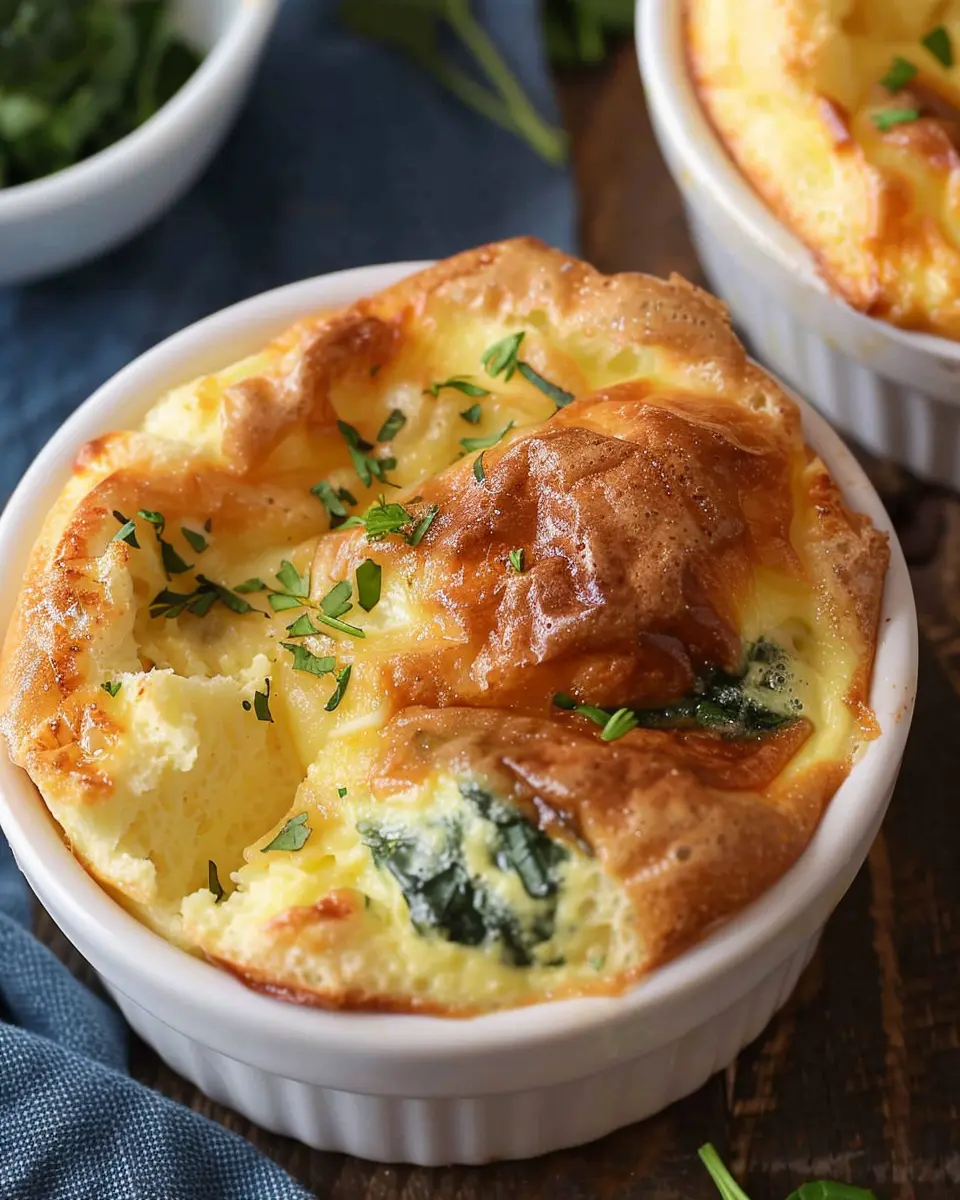Introduction to Healthy High Protein Vegetarian Recipes
In today’s fast-paced world, many young professionals are looking to achieve a balanced diet without sacrificing flavor. Enter healthy high protein vegetarian recipes. Whether you’re a full-time vegetarian or simply aiming to incorporate more plant-based meals, these recipes pack a nutritional punch while keeping mealtime exciting.
Why choose high protein vegetarian recipes?
Incorporating high-protein vegetarian meals into your diet offers numerous benefits:
-
Nutritional Balance: Protein is essential for muscle repair, immune function, and overall health. Aiming for adequate protein intake can help you stay energized throughout your hectic day. According to the Harvard T.H. Chan School of Public Health, vegetarians can easily meet their protein needs through a variety of plant-based sources like beans, lentils, and quinoa.
-
Weight Management: High-protein foods can aid in weight management by promoting satiety. By incorporating protein-rich ingredients into your salads and bowls, you can feel fuller longer and avoid unnecessary snacking. A study published in the American Journal of Clinical Nutrition suggests that protein-rich diets can help with weight loss and body fat reduction.
-
Sustainable Eating: Choosing more plant-based meals is not just beneficial for your health but also for the environment. Plant-based proteins typically have a lower carbon footprint compared to animal-based products. For example, shifts toward vegetarian options can significantly reduce greenhouse gas emissions. The resourceful guide by the Food and Agriculture Organization (FAO) discusses the environmental impacts of our dietary choices.
Flavorful Protein Sources to Explore
When exploring healthy high protein vegetarian recipes, consider these powerhouse ingredients:
- Legumes: Lentils, chickpeas, and black beans are fantastic sources of protein and fiber.
- Whole Grains: Quinoa and farro not only provide protein but also essential nutrients.
- Nuts and Seeds: Almonds, chia seeds, and hemp seeds add healthy fats along with protein.
- Dairy or Dairy Alternatives: Options like Greek yogurt or tempeh can also amp up your protein intake.
So, are you ready to fuel your body with delicious, wholesome meals that keep you feeling your best? Dive into these simple yet satisfying high-protein vegetarian recipes, perfect for your busy lifestyle!
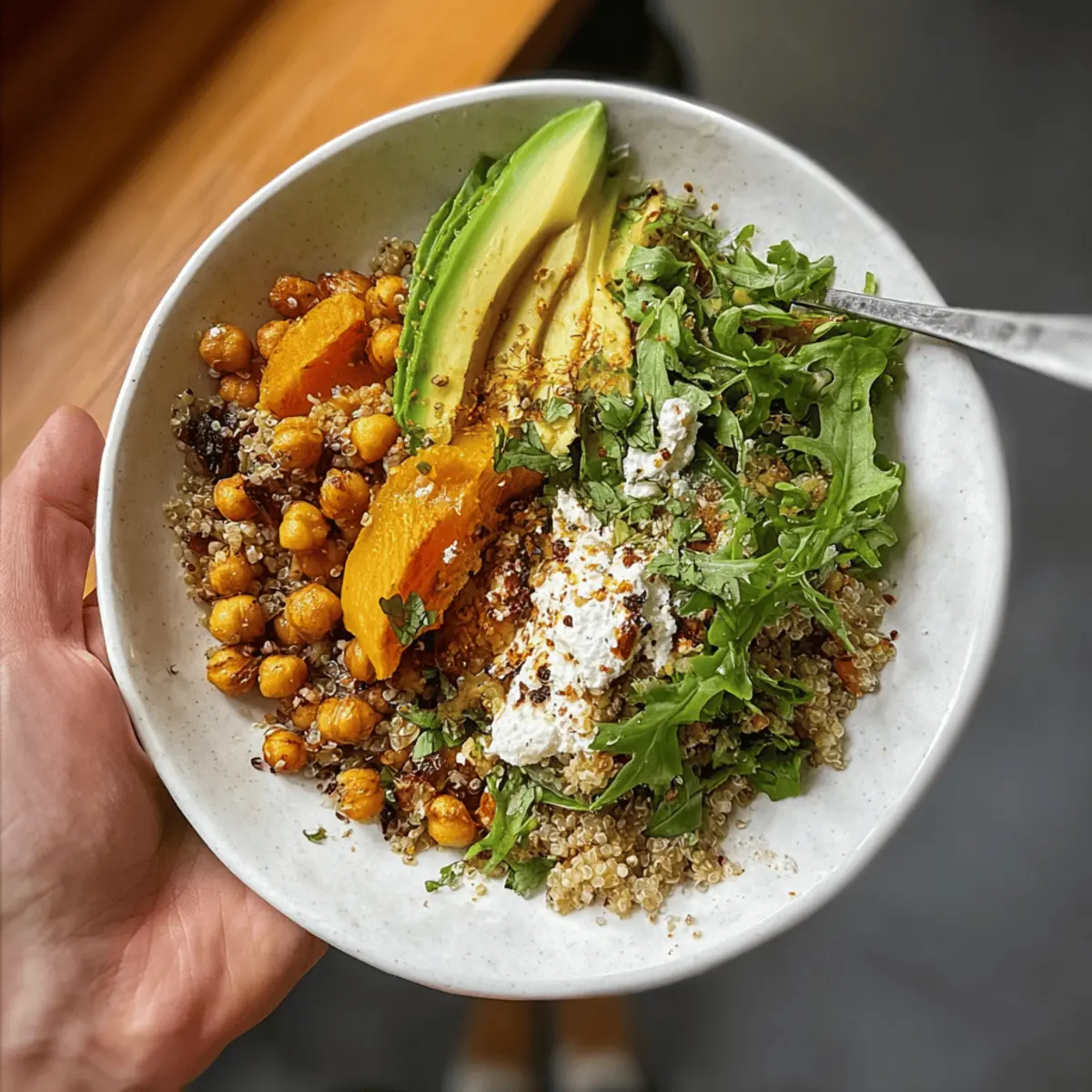
Key Ingredients for Healthy High Protein Vegetarian Recipes
If you’re venturing into healthy high protein vegetarian recipes, incorporating the right ingredients is crucial. Here’s a peek at some must-haves for your kitchen:
Protein-packed legumes
Legumes are the superheroes of vegetarian cooking. Think lentils, chickpeas, and black beans—they’re not only rich in protein but also packed with fiber, which can help keep you feeling full. In fact, a cup of cooked lentils contains about 18 grams of protein! These versatile ingredients can easily be tossed into salads or blended into a hearty dip. For more on their benefits, check out these insights from health experts.
Whole grains for energy
Whole grains like quinoa, farro, or barley should be your go-to for sustaining energy. They provide a complete amino acid profile when paired with legumes, making them perfect for maintaining a balanced diet. Plus, they add delightful texture to your dishes! Quinoa, for instance, is a complete protein by itself, offering about 8 grams per cup cooked.
Flavorful herbs and spices
Don’t forget about herbs and spices! Fresh herbs like cilantro, basil, or parsley can elevate your dishes while providing a burst of flavor without extra calories. Adding spices such as cumin, chili powder, or turmeric not only enhances taste but also comes packed with antioxidants—boosting both flavor and health in your meals.
Incorporating these components into your meals ensures you’re not just eating plants, but also nourishing your body with essential nutrients.
Step-by-Step Preparation of Healthy High Protein Vegetarian Recipes
Creating nourishing and satisfying vegetarian dishes that are high in protein doesn’t have to feel daunting. With the right plan and ingredients, you can whip up delicious bowls and salads that nourish both your body and soul. Let’s walk through each step of preparing your very own healthy high protein vegetarian recipes!
Gather Your Ingredients
To get started, you want to assemble a colorful array of ingredients that will deliver both taste and nutrition. Consider including:
- Legumes: Chickpeas, lentils, black beans, or kidney beans are fantastic protein sources.
- Grains: Quinoa, farro, or brown rice add great texture and nutty flavor while boosting protein.
- Vegetables: A mix of leafy greens, bell peppers, cherry tomatoes, and cucumbers not only makes the bowl visually appealing but also packs in essential vitamins and minerals.
- Proteins: Don’t forget to consider additional protein options like Greek yogurt, cottage cheese, nuts, or seeds.
- Dressings: A homemade vinaigrette or a yogurt-based sauce can elevate your dish wonderfully.
Always remember to check the nutritional value of your ingredients through credible sources, like the USDA FoodData Central. Understanding what you’re putting into your body makes for more mindful eating.
Prepping Legumes and Grains
Preparation can make or break your hearty bowls.
-
Soaking and Cooking: If you’re using dried legumes, a good soak overnight not only reduces cooking time but also improves digestibility. Aim to boil them until they’re tender, about 20-30 minutes, depending on the type.
-
Cooking Grains: For grains, rinse them under cold water to remove any debris. Quinoa typically takes around 15 minutes to cook on the stove, while brown rice can take about 45 minutes. Using a rice cooker can save you time and hassle.
-
Batch Cooking: If you’re busy, consider batch cooking a large portion of legumes and grains to store in the fridge. They’re great for quick additions to any meal throughout the week.
Incorporating Veggies for Color and Nutrition
The beauty of vegetarian recipes lies in the variety of vegetables available. Here’s how to make them shine:
- Freshness Matters: Use seasonal vegetables whenever possible. They’re typically more flavorful and nutrient-rich.
- Chop for Variety: Play with different textures by cutting veggies into various shapes—think zoodles (zucchini noodles), grated carrots, or spiralized beets.
- Mix and Match: Combine crunchy vegetables like bell peppers with tender ones like spinach to create a delightful mouthfeel.
Adding a splash of color also makes your dish visually enticing. And let’s face it, who doesn’t love a beautifully presented meal?
Cooking Methods for Maximizing Flavor
Utilizing diverse cooking methods can significantly enhance the taste of your ingredients. Here are a few methods to consider:
-
Roasting: Toss your vegetables with a bit of olive oil, salt, and your favorite herbs, and roast them in the oven at 400°F for about 25 minutes. This technique caramelizes the veggies, adding depth to your dishes.
-
Sautéing: Toss in a bit of garlic and onions before adding your veggies to the pan. This aromatic base offers amazing flavor in less time.
-
Steaming: To preserve nutrients, lightly steaming your veggies can be an excellent way to cook them while keeping their vibrant colors.
Assembling Your Dishes
Now comes the fun part: assembly! Here’s how to create a fantastic bowl or salad:
-
Base Layer: Start with a generous scoop of your cooked grains at the bottom. This adds heartiness to your dish.
-
Protein Boost: Layer in your legumes of choice. Don’t skimp on the protein; make it a focal point!
-
Colorful Veggies: Arrange your vegetables artfully over the grains and legumes. Now’s the time to show off your culinary creativity.
-
Finishing Touches: Drizzle with your preferred dressing, toss on some herbs like parsley or cilantro, and add nuts or seeds for that extra crunch.
-
Taste and Adjust: Always give it a taste! You might want to add a squeeze of lemon or a sprinkle of seasoning.
By following these steps, your healthy high protein vegetarian recipes will come together effortlessly. Not only are these dishes nutritious, but they are also delightful and satisfying. So roll up your sleeves and get cooking! Your next feast awaits.
Feel free to consult resources like EatingWell or Forks Over Knives for even more inspiration and detailed nutritional advice. Happy cooking!
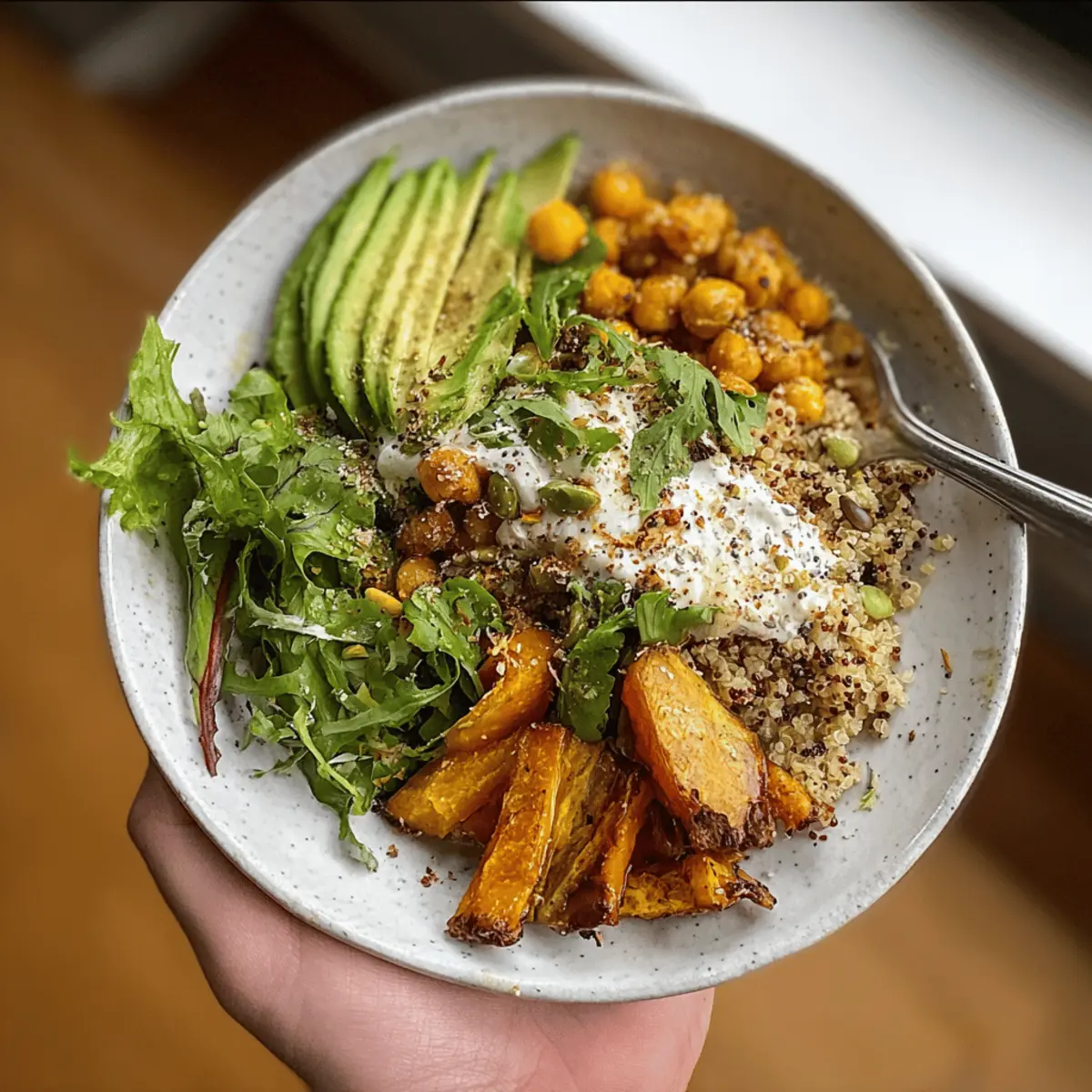
Creative Variations on Healthy High Protein Vegetarian Recipes
High Protein Veggie Stir-Fry
A veggie stir-fry is one of the most versatile and satisfying ways to pack in protein while indulging in delicious flavors. Start with a base of firm tofu or tempeh for that protein punch, and sauté it with a colorful mix of bell peppers, broccoli, and snap peas. For extra depth, try adding a splash of soy sauce, ginger, or sesame oil. This not only elevates the taste but also boosts that comfort food vibe.
Pro tip: Incorporate edamame beans. Just a cup can add about 17 grams of protein, making this dish an even better fit for your healthy high protein vegetarian recipes collection.
Quinoa Salad with Roasted Vegetables
Next up, a quinoa salad will not only satisfy your hunger but also offer a feast for the eyes with its vibrant colors. Roast seasonal veggies like zucchini and carrots, and then mix them with fluffy quinoa. Don’t forget the dressing—a lemon-tahini blend can bring out the best flavors. As a bonus, quinoa contains all nine essential amino acids, giving you a complete protein source in a single bowl.
Want to take it further? Toss in some avocado or sprinkle nuts and seeds on top for crunch and healthy fats.
Lentil and Chickpea Curry
Finally, how about a lentil and chickpea curry? Lentils are a powerhouse of plant-based protein, offering about 18 grams per cooked cup. Combine them with chickpeas, coconut milk, and your choice of spices for a warming bowl of comfort. Serve it with brown rice or whole grain naan for a nourishing meal that’s also a show-stopper at dinner parties.
Explore the world of legumes through resources like the American Heart Association to learn how they support heart health.
These creative variations highlight just how delightful and nutritious healthy high protein vegetarian recipes can be. So, which one will you try first?
Cooking Tips and Notes for Healthy High Protein Vegetarian Recipes
Achieving Optimal Protein Balance
When crafting your healthy high protein vegetarian recipes, it’s essential to combine various protein sources. Legumes, whole grains, nuts, and seeds can work together beautifully. For instance, pairing quinoa with black beans offers a complete amino acid profile. Did you know that adding a sprinkle of hemp seeds can boost the protein content of your salads and bowls even further? Blend in some dairy or plant-based alternatives, like Greek yogurt or tofu, for that extra protein punch.
Best Cooking Techniques for Flavor Enhancement
Flavor is everything, especially when you’re focusing on vegetarian dishes. Here are some techniques that can transform your cooking:
- Roasting: Bring out natural sweetness by roasting vegetables at high heat.
- Sautéing with spices: Use garlic, cumin, and turmeric to add depth.
- Marinating: A simple marinade of olive oil, lemon juice, and herbs can elevate legumes or tofu.
Curious about more cooking methods? Explore this helpful resource on cooking techniques to expand your culinary skills. Remember, a combination of taste and nutrition is the key to a successful vegetarian dish!
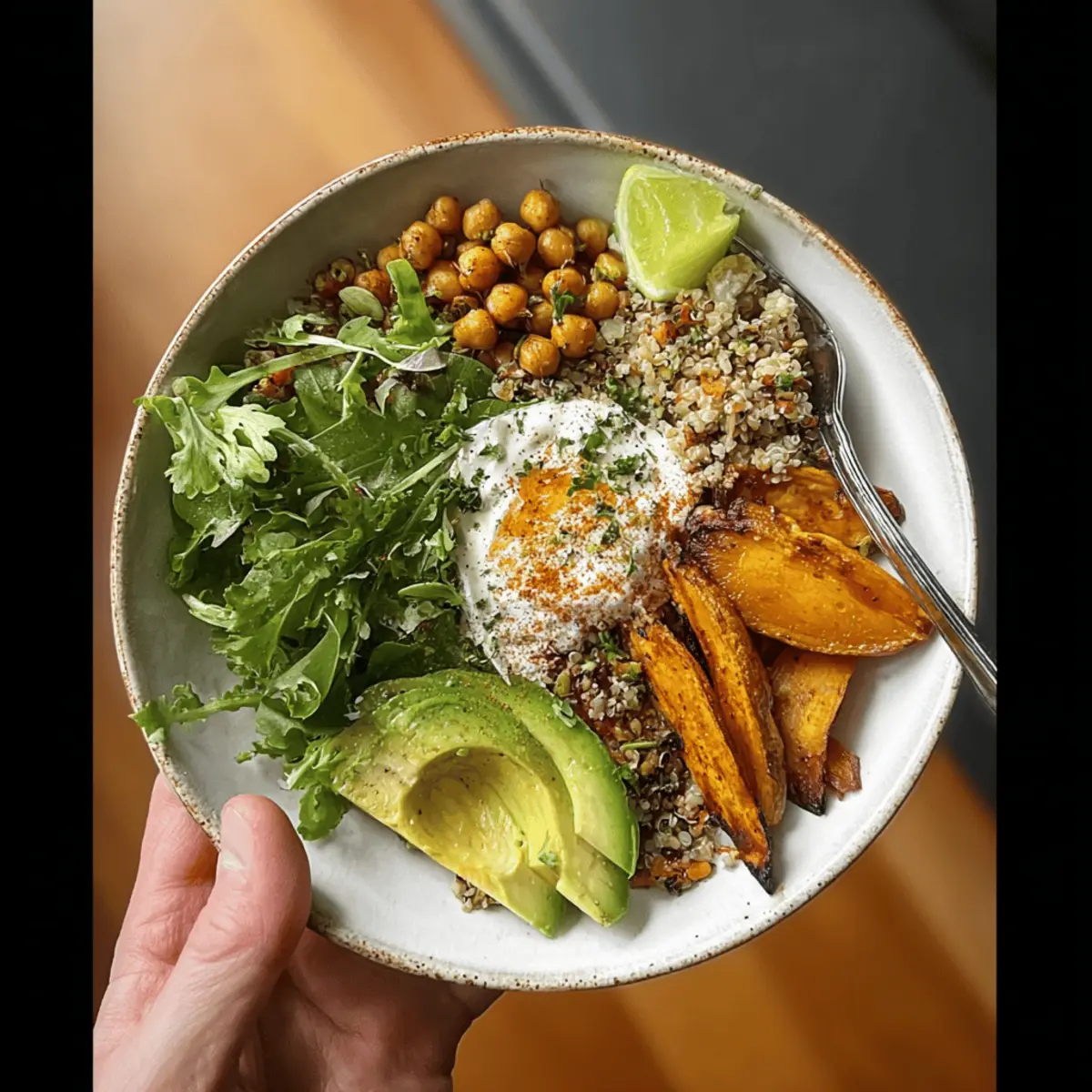
Serving Suggestions for Healthy High Protein Vegetarian Recipes
Pairing with sides for a complete meal
When you’re whipping up your healthy high protein vegetarian recipes, consider thoughtful sides to create a balanced meal. A quinoa salad or roasted sweet potatoes can add depth to your bowl, enhancing both texture and flavor. For a refreshing touch, a side of steamed broccoli drizzled with lemon adds vibrant color and nutrients. Don’t forget about dips like hummus or tzatziki—they can elevate your meal and provide extra protein.
Presentation tips for impressive plating
A well-plated dish can make your healthy high protein vegetarian recipes not only delicious but visually appealing as well. Start with a base layer of greens, then artfully arrange your protein sources like chickpeas or edamame on top. Consider vibrant toppings such as sliced radishes, avocados, or sprinkled seeds to create an eye-catching contrast. Using colored bowls or plates can further accentuate the bright colors of your ingredients, making your meal Instagram-worthy!
For more inspiration, check out these plating techniques to help put your creations in the spotlight.
Time Breakdown for Healthy High Protein Vegetarian Recipes
Preparation Time
When diving into these healthy high protein vegetarian recipes, you’ll typically spend about 15-20 minutes prepping. This includes chopping veggies, rinsing grains like quinoa, and tossing together any dressings. Remember, a little organization goes a long way—having your ingredients ready can make the process smoother.
Cooking Time
Cooking usually takes around 20-30 minutes, depending on the recipe. Dishes like grain bowls can simmer while you chop salad ingredients. You can also multitask; for example, roasting chickpeas while you prepare a fresh salad means less time in the kitchen, and more time enjoying your meal!
Total Time
In total, you’re looking at roughly 40-60 minutes from start to finish. This manageable time frame makes these recipes perfect for busy evenings. Plus, with leftovers, you can savor these delicious bowls and salads for lunch the next day—talk about a win-win!
If you want tips on meal prepping, check out resources from the American Heart Association to streamline your cooking adventures. Enjoy!
Nutritional Facts for Healthy High Protein Vegetarian Recipes
Protein Content per Serving
When you whip up healthy high protein vegetarian recipes, you may be surprised at how much protein you can pack into a bowl. Typical servings range from 15 to 25 grams of protein, thanks to the inclusion of ingredients like beans, lentils, quinoa, and Greek yogurt. These powerhouses are not only delicious but also provide a fantastic plant-based protein source for your meals. By combining these ingredients with a variety of vegetables, you’ll also keep your meals fresh and exciting!
Fiber and Other Key Nutrients
A single serving of these vibrant meals also offers a substantial amount of dietary fiber, often exceeding 10 grams. This not only aids digestion but keeps you feeling full longer. Plus, you’ll be getting essential vitamins and minerals like:
- Vitamin C from leafy greens
- Iron from chickpeas or lentils
- Calcium from dairy or fortified plant milk
For a deeper dive into the benefits of vegetarian proteins, check out this comprehensive guide on vegetarian nutrition. It’s a fantastic resource for anyone looking to enhance their plant-based eating!
Whether you’re meal prepping for a busy week or exploring new culinary delights, these healthy high protein vegetarian recipes have got you covered, blending taste with nutrition beautifully.
FAQs about Healthy High Protein Vegetarian Recipes
Can I increase the protein content further?
Absolutely! If you’re looking to amp up the protein in these healthy high protein vegetarian recipes, consider adding ingredients like:
- Chickpeas: A fantastic source of protein, they can be added to almost any bowl or salad.
- Greek Yogurt: Swap out regular yogurt for Greek for an extra protein punch.
- Tofu or Tempeh: These soy products are versatile and can easily be incorporated into salads or bowls.
- Protein-rich grains: Quinoa, farro, or barley not only add texture but also increase the protein content.
You can mix and match these ingredients or check out this source for more suggestions.
Are these recipes suitable for meal prep?
Yes! These healthy high protein vegetarian recipes are perfect for meal prepping. Many of the ingredients can be stored in airtight containers for several days. For best results:
- Cook larger batches: Make enough to last a few days, dividing into portions.
- Store separately: Keep dressings and toppings separate to maintain freshness.
- Reheat wisely: Use minimal heat to ensure veggies don’t lose their crunch.
What should I pair with these recipes?
Pairing your bowls and salads with complementary flavors can elevate the whole meal. Try some of these ideas:
- Whole grain bread: A slice can round off the meal and provide additional nutrients.
- Dips: Consider hummus or tzatziki for an extra flavor burst.
- Fresh fruits: Apples or citrus fruits can add a zesty contrast.
For further reading on balanced vegetarian meals, check sources like Harvard Health. Remember, you have the flexibility to customize these recipes to suit your taste, making healthy eating both enjoyable and satisfying!
Conclusion about Healthy High Protein Vegetarian Recipes
Incorporating healthy high protein vegetarian recipes into your meal rotations not only fuels your body but also delights your taste buds. Emphasizing fresh greens, legumes, and whole grains means you can enjoy a bounty of flavors while meeting your nutritional needs.
Consider experimenting with different grains like quinoa or farro to elevate your meals. And don’t shy away from seasoning; spices can transform a simple dish into a gourmet experience. By diversifying your protein sources, such as chickpeas or lentils, you ensure a balanced diet without compromising on taste.
Ready to get started? Explore more ideas at Healthline’s Nutrition or check out The Kitchn for fantastic vegetarian meal inspirations. Happy cooking!
PrintHealthy High Protein Vegetarian Recipes for Every Craving!
Discover a collection of healthy high protein vegetarian bowl and salad recipes that satisfy every craving!
- Prep Time: 15 minutes
- Cook Time: 15 minutes
- Total Time: 30 minutes
- Yield: 4 servings 1x
- Category: Salads
- Method: No-cook, Bowl
- Cuisine: Vegetarian
- Diet: Vegetarian, High Protein
Ingredients
- 1 cup quinoa
- 2 cups water
- 1 can black beans, drained and rinsed
- 1 cup corn, fresh or frozen
- 1 cup cherry tomatoes, halved
- 1 avocado, diced
- 1/4 cup cilantro, chopped
- 2 tablespoons olive oil
- 1 tablespoon lime juice
- 1 teaspoon cumin
- Salt and pepper to taste
Instructions
- Rinse the quinoa under cold water and drain.
- In a saucepan, bring the water to a boil, add the quinoa, and reduce to a simmer. Cook for about 15 minutes or until the quinoa is fluffy and water is absorbed.
- In a large bowl, combine the black beans, corn, cherry tomatoes, avocado, and cilantro.
- In a separate small bowl, whisk together olive oil, lime juice, cumin, salt, and pepper.
- Add the cooked quinoa to the vegetable mixture and pour the dressing over it. Toss to combine.
- Serve chilled or at room temperature.
Notes
- Feel free to add more protein by including chickpeas or tofu.
- This dish can be made ahead of time and stored in the fridge for meal prep.
Nutrition
- Serving Size: 1 bowl
- Calories: 350
- Sugar: 2g
- Sodium: 180mg
- Fat: 15g
- Saturated Fat: 2g
- Unsaturated Fat: 10g
- Trans Fat: 0g
- Carbohydrates: 45g
- Fiber: 12g
- Protein: 15g
- Cholesterol: 0mg
Keywords: Healthy High Protein Vegetarian Bowl and Salad Recipes
